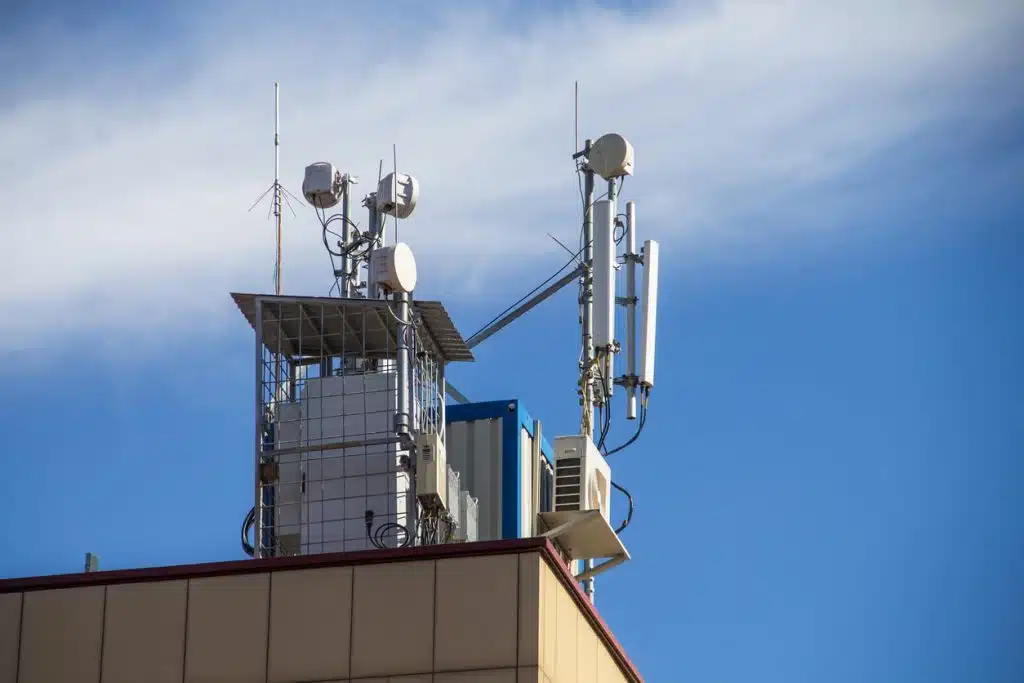Large facilities such as hospitals, universities, airports, and high-rise buildings often struggle with weak indoor cellular coverage. Construction materials like steel, concrete, and glass can block or weaken wireless signals, creating dead zones that disrupt communication. To overcome this challenge, property owners are increasingly investing in Distributed Antenna System Installation to deliver reliable, high-quality connectivity across every corner of their buildings.
A Distributed Antenna System (DAS) uses a network of small antennas strategically placed throughout the property to amplify and distribute wireless signals. This ensures that users experience consistent coverage, whether they are in a basement, stairwell, or top floor office. Below is a step-by-step overview of how a successful Distributed Antenna System Installation is executed.
Step 1: Site Survey and Needs Assessment
The first and most critical step is conducting a detailed site survey. Engineers evaluate the current signal strength, identify dead zones, and analyze the building layout. Advanced tools are used to measure signal propagation and interference patterns. This data helps determine how many antennas are needed, their ideal placement, and the type of system architecture that will provide optimal coverage.
Many reputed companies like bdamax.com use this stage to align technical design with the facility’s goals, ensuring the system will support both current and future connectivity needs.
Step 2: System Design and Engineering
Once the survey is complete, the next phase involves creating a custom DAS design. The design considers factors such as building materials, carrier frequencies, and user density. Engineers model the system using specialized software to visualize how the antennas will distribute signals throughout the facility.
This stage also includes coordination with network carriers to ensure compatibility and regulatory compliance. The goal is to create a system that not only meets technical requirements but also adheres to public safety communication codes where applicable.
Step 3: Infrastructure Preparation and Cabling
Before installation, the physical infrastructure must be prepared. This includes routing fiber and coaxial cabling to connect antennas, amplifiers, and head-end equipment. Cabling pathways are designed to minimize interference and signal loss while maintaining easy access for future maintenance.
Proper labeling and organization are essential to avoid confusion during setup and troubleshooting. High-quality cables and connectors are used to ensure long-term reliability and minimal signal degradation.
Step 4: Equipment Installation and Configuration
During this phase, antennas, amplifiers, and base station units are installed according to the system design. Technicians carefully align each component to maintain consistent coverage throughout the building. Power levels, gain settings, and frequency bands are configured to ensure optimal performance without interference between carriers or overlapping signals.
Professional installers like Maximum Communication perform thorough testing and calibration at this stage to confirm that every zone receives strong, stable signal coverage.
Step 5: Testing, Optimization, and Maintenance
Once the installation is complete, the system undergoes a series of performance tests to verify signal strength, data speed, and call quality across all areas. Any weak spots are adjusted by fine-tuning antenna placement or power levels.
After successful testing, maintenance plans are established to keep the system performing efficiently over time. Regular inspections and software updates help accommodate new technologies and prevent performance degradation.
Conclusion
A well-executed Distributed Antenna System Installation requires technical expertise, precise planning, and ongoing optimization. Each step, from initial assessment to final testing, plays a vital role in ensuring consistent wireless coverage and regulatory compliance. Partnering with experienced professionals such as Maximum Communication allows large facilities to achieve robust in-building connectivity that supports both operational efficiency and user satisfaction.



